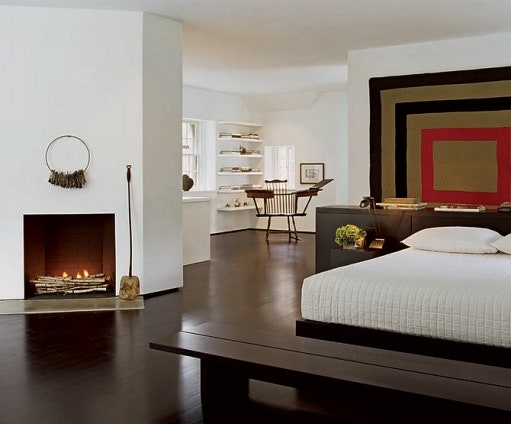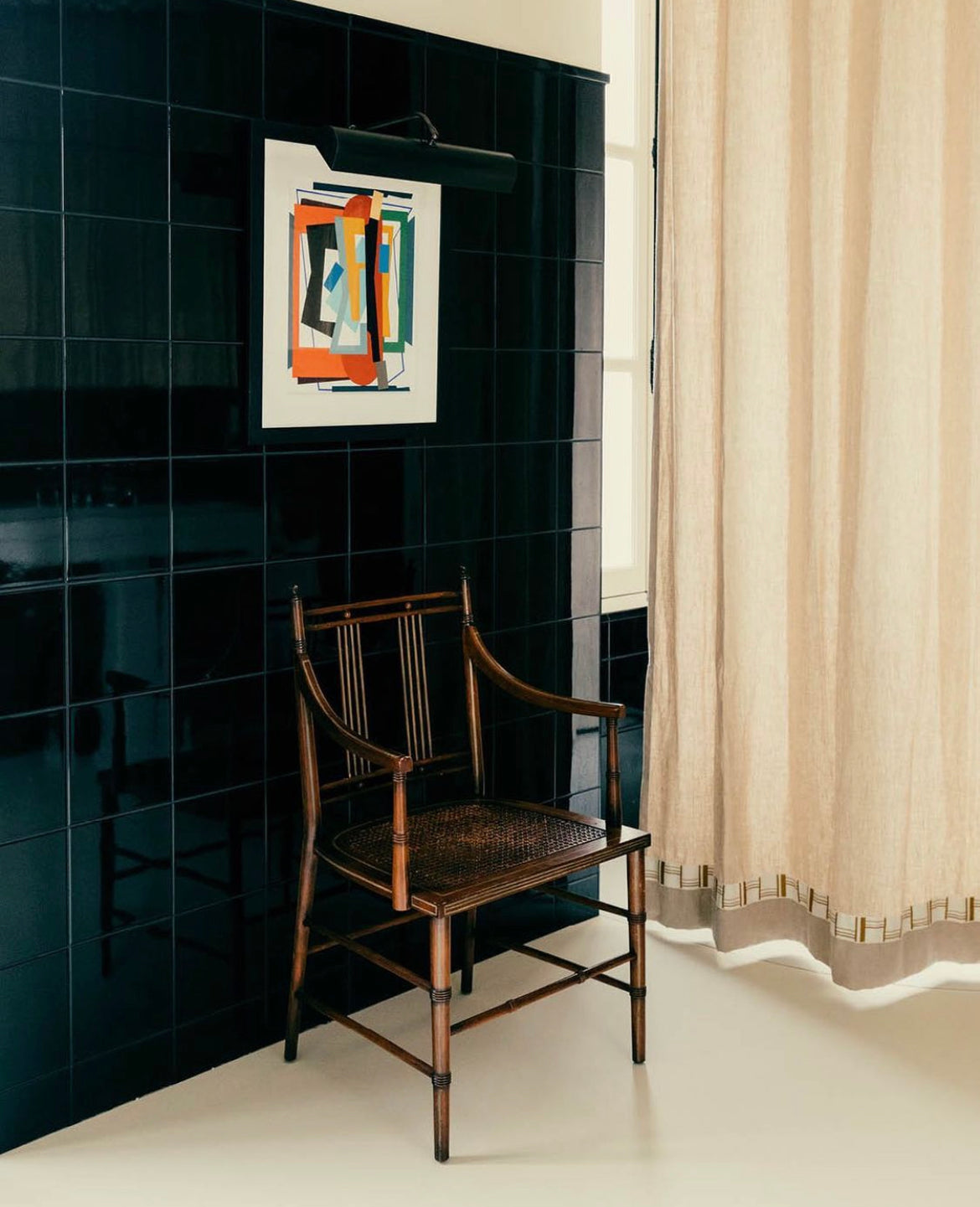Style Spotlight: The Omega Workshops

Photo: Paul Massey for House & Garden
Ever since seeing images of the fabulous Bloomsbury townhome of designer Erdem Moralioglu and architect Philip Joseph, I've been thinking a lot about the incredible design legacy left by the group's young bohemian visionaries. More specifically, the breathtakingly modern output of their design studio, Omega Workshops. Located in London at 33 Fitzroy Square, the Omega Workshops was the darling of painter and critic Roger Fry, though its creative direction was also driven by the artistic husband and wife pair Vanessa Bell, sister of Virginia Woolf, and Duncan Grant, the creative polymath whose work in textiles, painting, costume and set-design spurned infinite copycat variations. Perhaps most known in the interior design world is the group's colorful, delightfully eclectic home and studio in Sussex, England, Charleston House, yet for these brave Modernists, home and work were never quite so distinct.
As an extension of the Bloomsbury group's artistic practices, the Omega Workshops incorporated the group's multifarious, far-reaching talents, and was, in many ways, a reflection of their radically avant-garde disposition. While indeed there had been similar artistic enterprises that had also attempted to bring art and design closer together--the Viennese Secessionists for one, and Art Nouveau, for another--none in England had perhaps quite such ebullience, nor quite such reverberant and lasting impact. While William Morris, John Ruskin and the Arts and Crafts movement--certainly the forebears of the intrepid Omega Workshops--espoused similar ideals, their thin-lipped concern for industrial reform lacked the rebel spirit of joie-de-vivre behind the Omega renegades.

Menu card celebrating the opening reception for the Omega Workshops. © Tate Archive.

Opening room of the Omega Workshops. © The Charleston Trust.

Bloomsbury members Nina Hammett (right) and Winnifred Gill (left) modeling Omega designed dresses at the Workshops. © The Charleston Trust.

Advertisement for Omega Workshops pottery. Image: Robjn Cantus.

The "Druad" chair, designed by Roger Fry for the Omega Workshops, Tate Archive. © Annabel Cole.

Postcard of 'Holland Park Hall' interior, designed by Omega Workshops, Tate Archive. © Annabel Cole

Detail of the mantle at Charleston House.

Details of the living quarters at Charleston House. Photo: Paul Massey for House & Garden.
Fry was foremost interested in removing what he saw as the falsely imposed division between the fine and decorative arts. His vision and aim was to see the dominant ideas in modern art, namely, a bright, expressive use of color and a simplified approach to form, applied to the world of design. Fry also believed in the collective, and as a means of emphasizing the aesthetic value of the object over the cult of the artist's personality, insisted that every object remain unsigned. Instead, each object was marked with the Greek symbol of Omega. This focus on anonymity and the prioritization of a collective vision has been a strategy since taken up by such influential and diverse creative powerhouses as Fluxus and Maison Martin Margiela. At bottom, they share an appealing unification of theory and form, a way of actualizing the material synthesis of their innovative ideals. I believe it is largely for these reasons that their work continues to be so relevant and lasting today.

Details from a bathroom at Charleston House. Photo: Paul Massey for House & Garden.

Bloomsbury member Henry Harris’s London townhouse in Bedford Square, designed by Omega Workshops. Image: Robjn Cantus.

Vanessa Bell’s Charleston bedroom dresser tableau features the Bloomsbury artist Stephen Tomlin’s 1931 plaster bust of her sister, Virginia Woolf.
Photo: Gavin Kingcome for The New York Times.


